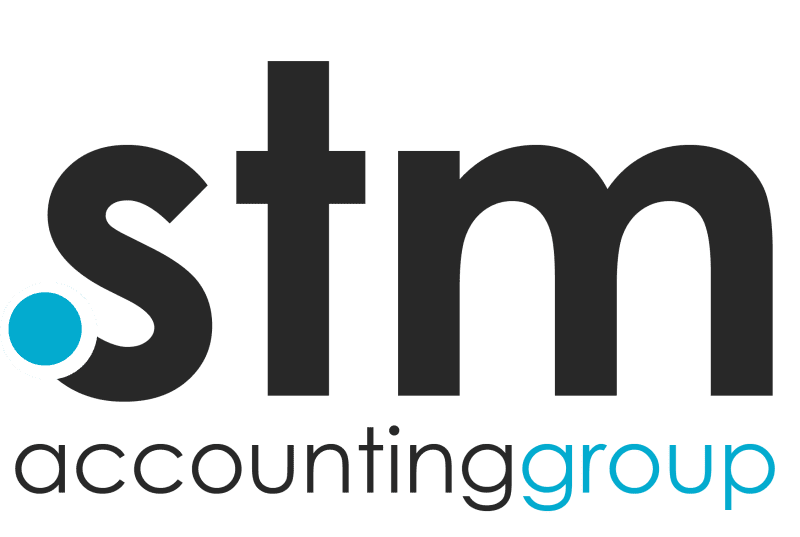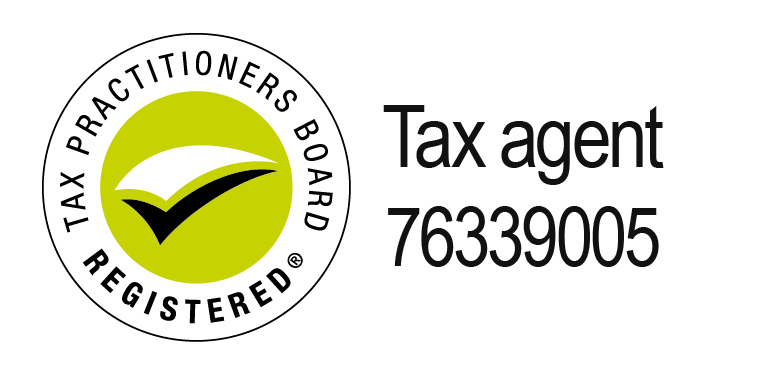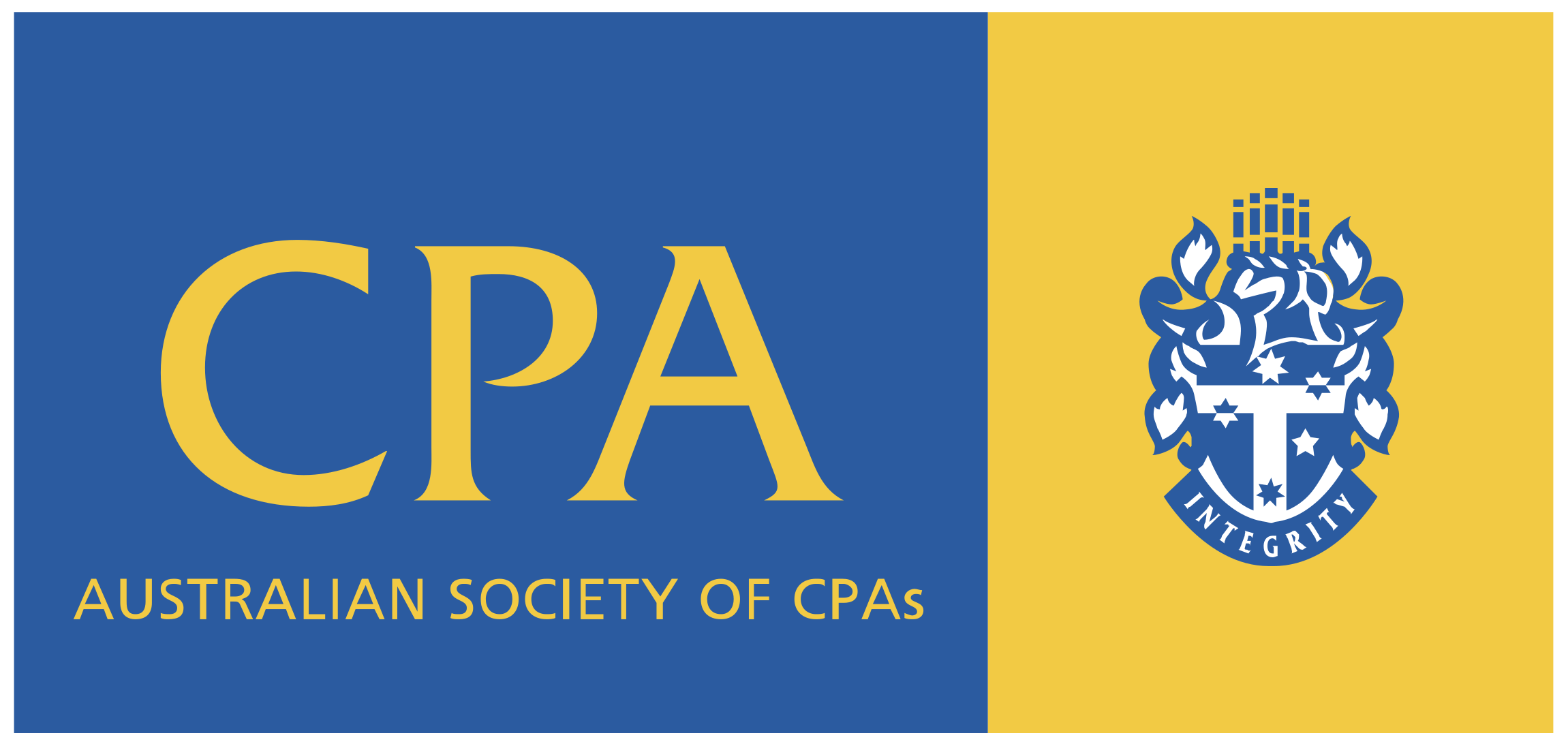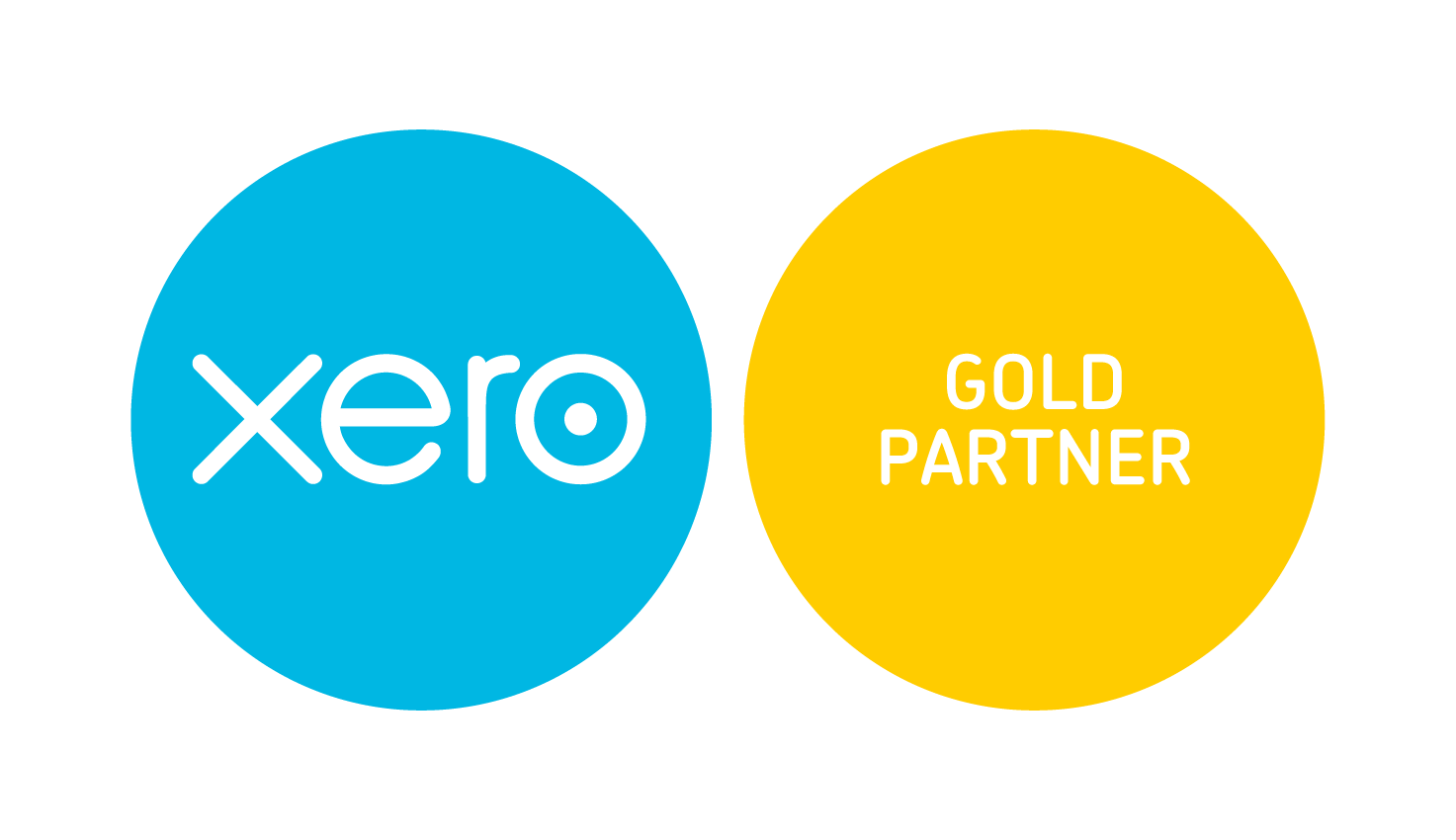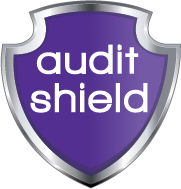
Unwinding COVID-19 Relief
COVID-19 support will roll back as states and territories reach vaccination targets.
The National Plan, the road map out of COVID-19, does more than provide greater freedoms at 70% and 80% full vaccination rates, it withdraws the steady stream of Commonwealth financial support to individuals and business impacted by COVID-19 lockdowns and border closures. We look at the impact and the support that remains in place.
For individuals
The COVID-19 Disaster payment offered a lifeline to those who lost work because of lockdowns, particularly in the ACT, New South Wales, and Victoria where the Delta strain of the virus and long-term lockdowns had the greatest impact.
In late September, the Treasurer announced that the Disaster Payment will roll back as states and territories reach vaccination hurdles on the National Plan. Over $9 billion has been paid out to date on Disaster Payments and at 70% and 80% full adult vaccination, the disaster, apparently, is over.
At 70% full vaccination in your state or territory
In the first week a state or territory reaches 70% full adult vaccination, the automatic renewal that has been in place will end and individuals will need to reapply each week that a Commonwealth Hotspot remains in place to confirm their eligibility. The COVID-19 Disaster payment will not necessarily end, but anyone currently receiving the payment will need to reconfirm that they meet the eligibility criteria, including living or working in a Commonwealth declared hotspot.
Given that the time gap between 70% and 80% full vaccination might be as little as two weeks in some regions, the impact of the 70% restrictions might be a moot point.
At 80% full vaccination in your state or territory
In the first week a state or territory reaches 80% full adult vaccination, the COVID-19 Disaster Payment will phase out over a two week period before ending completely.
| Trigger |
Disaster payment per week |
| <70% vaccination* |
$750 - lost 20 hours or more for that week $450 - lost at least 8 hours of work $200 - on income support and have lost at least 8 hours of work |
| 70% vaccination* |
Automatic renewal ends |
| 80% vaccination |
Payment reduced from first week |
| Week 1 |
$450 - lost at least 8 hours of work $100 - for those on income support who have lost at least 8 hours of work |
| Week 2 |
$320 - lost at least 8 hours of work |
*First week population +16 years of age reaches vaccination target
Those needing financial support will no longer be eligible for the disaster payment, regardless of whether a Commonwealth hotspot is in place, and instead will need to apply for another form of income support such as JobSeeker. Unlike the disaster payments, JobSeeker and most other income support payments are subject to income and assets tests.
The Pandemic Leave Disaster Payment, for those who cannot work because they need to self-isolate or care or quarantine, or care for someone with COVID-19, will remain in place until 30 June 2022.
Support for business
Each state and territory manages lockdown and financial support to businesses impacted by COVID-19 lockdowns and border closures differently. The way in which support is withdrawn will depend on how support has been provided and the extent of Commonwealth support.
Australian Capital Territory
The ACT Government has distributed grants to business jointly funded with the Commonwealth. The ACT COVID-19 Business Grant was recently extended with top-up grants of $10,000 for employing businesses and $3,750 for non-employing businesses distributed to previous grant recipients in industries impacted by continued lockdowns. Large businesses $2m to $5m received an additional top-up amount of between $10,000 and $30,000. The Tourism, Accommodation Provider, Arts, Events, Hospitality & Fitness Grants have also been topped up with grants between $5,000 and $25,000 to existing recipients and the grant has been expanded to the fitness/sports sector (more information will be available mid-October).
Lockdowns eased on 1 October and are scheduled to be lifted from 15 October, with a return to normal in early to mid December 2021 (see the pathway forward). While not specified, it is expected that grants will cease at this point and instead, directed into targeted industry specific initiatives (see the recovery plan).
New South Wales
The NSW JobSaver, which provides payments of up to 40% of weekly payroll, is jointly funded by the state and Commonwealth governments. From 13 September, businesses receiving JobSaver have been required to reconfirm their eligibility for the payment each fortnight including a 30% decline in turnover test and headcount test.
|
JobSaver* |
Weekly payroll |
Min | Max |
Non-employing business |
| Current |
40% |
$1,500 |
$100,000 |
$1,000 |
| 10 October |
30% |
$1,125 |
$75,000 |
$750 |
| 80% full vaccination |
15% |
$562.50 |
$37,500 |
$375 |
| 30 November |
0% |
|
$0 |
*excludes extension program
At 70% full adult vaccination (10 October 2021), JobSaver will reduce from 40% of weekly payroll to 30%. Then, at 80% full vaccination, the Commonwealth will withdraw funding. The NSW Government announced that it will continue to fund their portion of JobSaver up until 30 November 2021 (15% of payroll).
It is unclear at this stage of what the impact of the withdrawal of Commonwealth funding at 80% vaccination rates will mean to large tourism, hospitality, and recreation businesses.
The $1,500 fortnightly micro-business grant, will reduce to $750 per fortnight from 80% full vaccination and cease on 30 November 2021.
If you are uncertain how the easing of restrictions will impact on you and your workplace, see the roadmap.
Queensland
While not significantly impacted by local lockdowns, Queensland tourism is impacted by national and international border closures. A second round of Tourism and Hospitality Sector Hardship grants have been announced although no further details are currently available.
For businesses on the border with New South Wales, a hardship grant will become available if the closure remains in place until 14 October or longer with grants of $5,000 for employing entities and $1,000 for non-employing entities (see Business Queensland for details). To receive the grant, you must operate in a ‘border business zone’ and have received the COVID-19 Business Support Grant.
Pointedly, Federal Treasurer Josh Frydenberg has stated, “Governments must also hold up their end of the bargain and stick to the plan agreed at National Cabinet that will see restrictions ease and our borders open up as we reach our vaccination targets of 70 to 80 per cent.” The Queensland Government will be under significant pressure to open borders once vaccination rates reach 80% in December and prior to the school holiday period.
Victoria
The Victorian Government has distributed grants to businesses, jointly funded with the Commonwealth. For many of these grants, funding has been topped up in line with lockdown extensions.
The Business Costs Assistance Program (BCAP) Round 5 will provide automatic top-up payments to existing recipients (of the BCAP Round 2 and BCAP Round 2 July Extension programs) across October and into the first half of November which will see recipients receive two fortnightly payments between 1st-29th October. Payment amounts are determined based on a rising scale from $1,000 per week for non-employing businesses, and payments between $2,800-$8,400 per week for employing businesses depending on annual payroll levels. Businesses that remain closed or severely restricted between the states achievement of 70% and 80% double dose targets will receive an automatic payment for the period from 29 October to 13 November.
As part of the Business Continuity Fund, businesses that are eligible for this program will also receive an additional $5,000 if they remain impacted by capacity limits from 28 July, including gyms, cafes, restaurants and hairdressers and an extra $2000 if they are in the Melbourne CBD.
Under the Business Costs Assistance Program Round Four – Construction, Construction businesses with a worksite located in metropolitan Melbourne, Greater Geelong, Surf Coast and Mitchell Shire will be entitled to a one-off payment of $2000 for non-employing sole traders and between $2,800 - $8,400 for employing businesses (depending on annual payroll levels) if they incurred direct costs because of the health restrictions in place between 21st September and 4th October. Applications for this payment are expected to open soon.
Licensed Hospitality Venue Fund recipients will also receive weekly top-ups in October of between $5,000 and $20,000, stepped according to venue patron capacity. Between the states achievement of 70% and 80% double dose targets, payments for licensed premises in metropolitan Melbourne will be reduced by 25%, and in regional Victoria by 50%.
Victoria is not expected to reach the 70% vaccination target until the end of October, and 80% in early to mid-November. You can find Victoria’s broad road map here.
Additional funding has been allocated to the Small Business COVID Hardship Fund, meaning an additional 30,000 businesses will be supported with one off grants of $20,000. More information is expected to be provided regarding this soon.
The Commercial Tenancy Relief Scheme requires Commercial landlords in Victoria to provide rent relief that matches their tenants' fall in turnover where the tenant has an annual turnover under $50 million, and experienced a decline in turnover (defined as GST turnover) of at least 30 per cent for three consecutive months between 1 April and 30 September 2021, compared to the same period in 2019 (or an agreed alternative). At least half of the decline must be waived, with the remainder deferred. This scheme applies from 28 July 2021 to 15 January 2022, however rent relief is now only available from the date of application. Tenants and landlords are encouraged to enter negotiations directly, however the The Victorian Small Business Commission (VSBC) will be available to provide mediation if parties cannot reach satisfactory agreement. Landlords will not be able to lock out or evict tenants without a determination from the VSBC.
Commercial Landlord Hardship Fund 3 is in place to provide assistance to landlords who experienced hardship as a result of waiving 50% of rent for their tenants between 28 July 2021 and 15 January 2022. The grant amounts to $6,000 per tenancy and in cases of acute hardship the grant increases to $10,000 per tenancy. Further eligibility requirements apply so if this applies to you, please seek further information.
National
The National Plan stipulates that state and territory borders are to reopen at 80% double vaccination in that state or territory but this will depend on health advice at the time.
Generally, international borders will reopen in states and territories at 80% double vaccination with Australian and permanent residents able to quarantine at home for 7 days. Unvaccinated travellers will need to stay in hotel quarantine for 14 days. Commercial flights will also resume for vaccinated Australians with Australia expected to implement a ‘red light, green light’ system similar to the UK to designate safe countries.
For other regions such as South Australia and the Northern Territory, borders are expected to reopen at 80% double vaccination but with some nuances flagged. The Western Australian Government however has stated that it will announce an easing of border restrictions once an 80% double vaccination has been achieved for those over 12 years of age.
SME lending options
While there is likely to be an economic rebound when restrictions ease across the country, for many, a funding gap will remain between the assistance provided by Government grants and viable trading conditions.
The expanded SME recovery loan scheme took effect on 1 October 2021. Under the scheme, the Government will guarantee 80% of loan amounts to businesses that have been adversely impacted by COVID-19.
The lending terms, repayment, and interest rates are set by the lenders but cannot be backed by residential property, that is, if the Government is underwriting the loan, lenders cannot ask business owners to use their home as security. However, Directors guarantees are likely to be required.
Under the scheme, lenders can provide:
- A repayment holiday of up to 24 months
- Loans of up to $5m
- Loan terms of up to 10 years, and
- Secured and unsecured loans
The recovery loans can be used to refinance existing loans, purchase commercial property, purchase another business, or working capital. But, cannot be used to purchase residential property, financial products, lend to associated entities, or lease, rent, hire or hire purchase existing assets that are more than half way into their effective life.
The loan scheme is generally available to solvent businesses with a turnover of up to $250m, have an ABN, and a tax resident of Australia. Loans remain subject to lending conditions and generally the lenders will look to lend to viable businesses where it is clear that they can trade their way out of the impact of COVID-19 or the assets of the business make the break-up value attractive.
If you default on your loan, you cannot simply walk away from it. The Government is guaranteeing 80% of the lender’s risk not your debt. Director guarantees are still likely to be required and for many loans, it will be secured against a business asset. On the plus side, interest rates are very attractive right now and many of the lenders are providing a repayment holiday of up to 24 months and in some cases, existing debt can be bundled into the loan arrangements.
